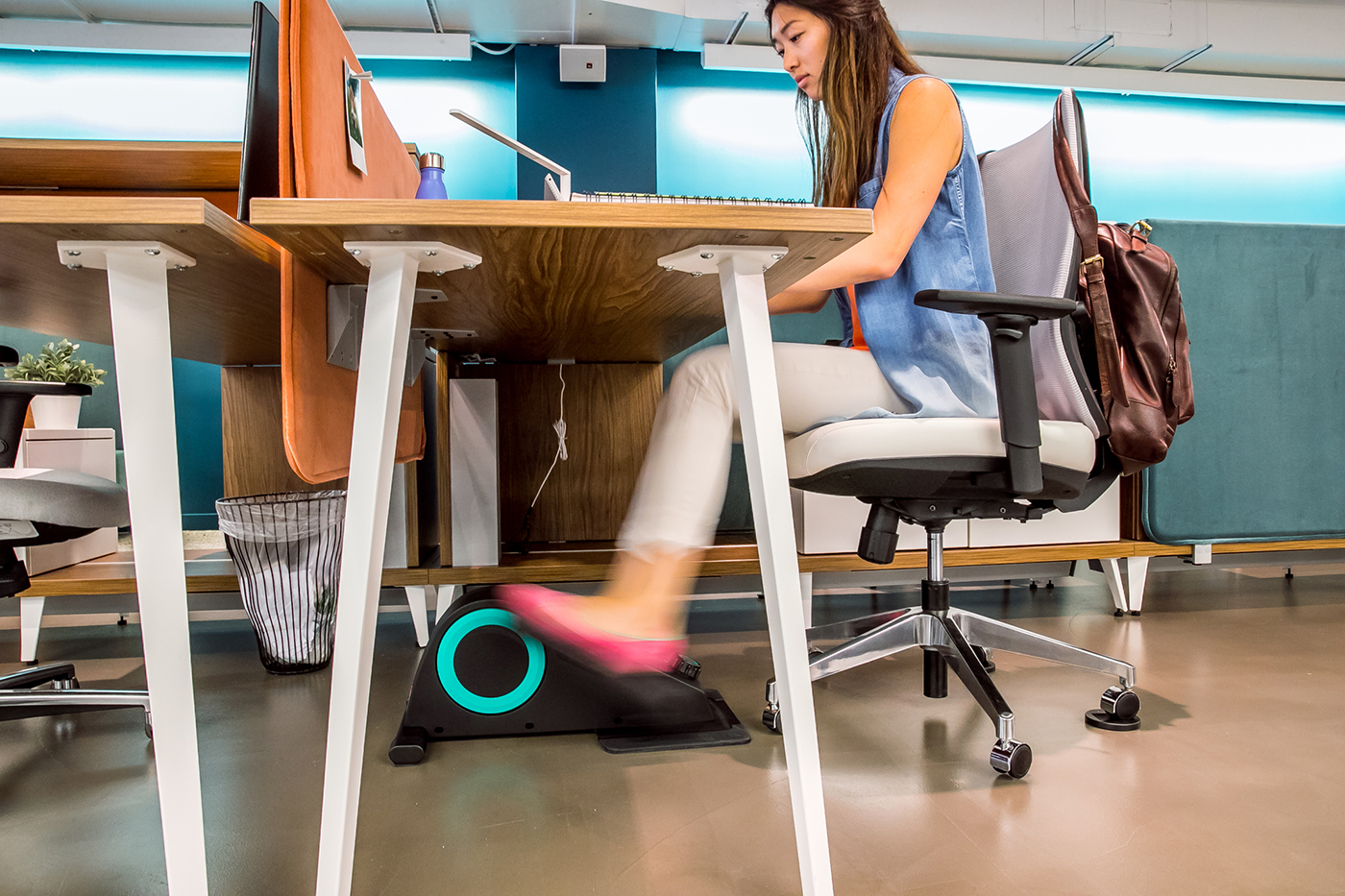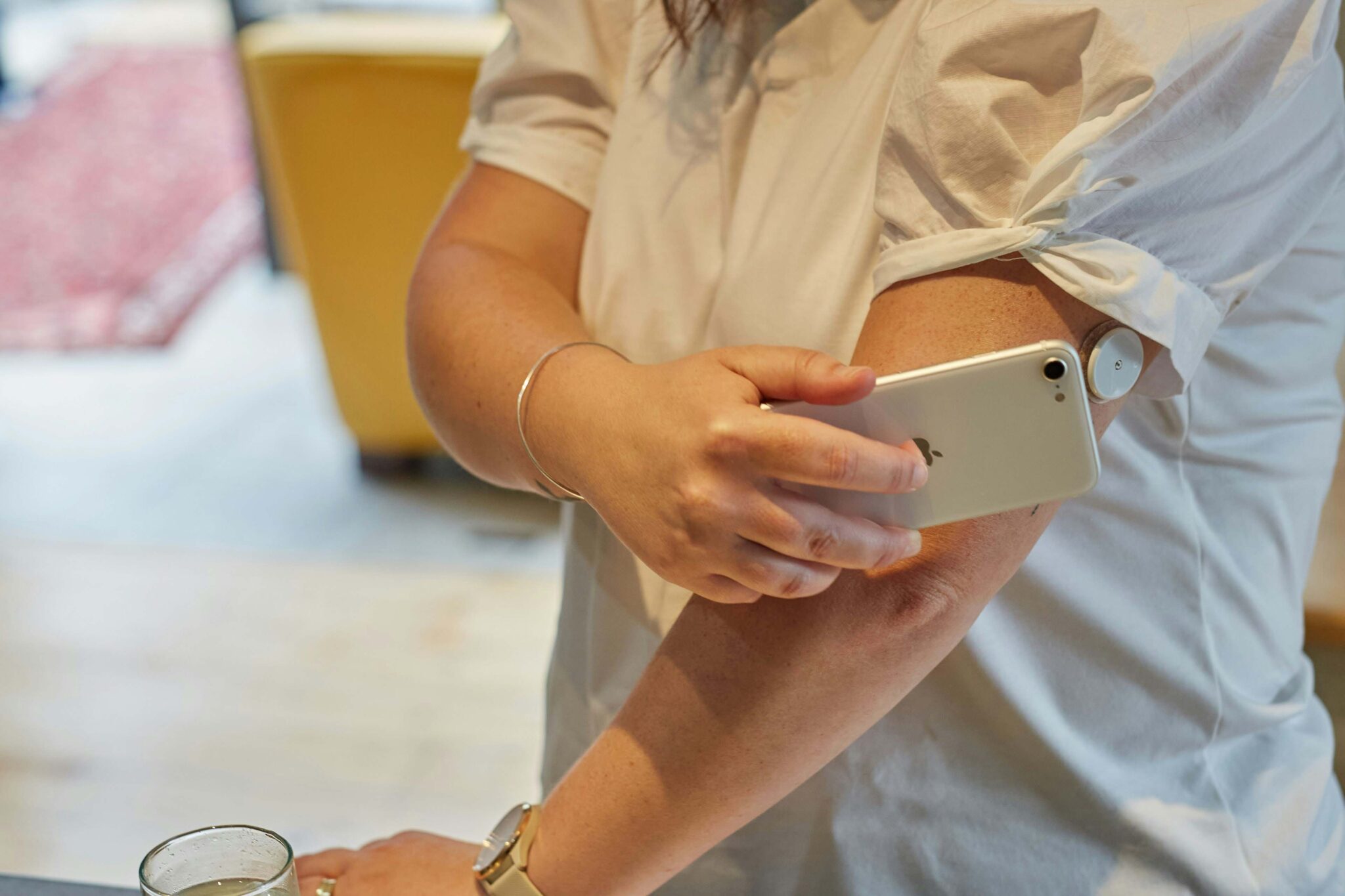Can Your Movement at Work Make up for Missing a Workout?
Work, workouts, social events, eating and sleeping: the few main categories that define a general day. And if we’re being honest, with technology, the workday spread its tentacles far outside the office, often encroaching on the hours we designate for other things in life. It’s not ideal, but we’re not always able to preserve personal time every single day.
So on the busiest of workweeks, when you look at your calendar and think, “How am I ever going to fit in my workouts?” I challenge you to think about your calendar a little differently. I challenge you to see movement – a little different from a workout – infused within your day. Truthfully, there are ways to move your body and have a profound effect on your overall health outside of your designated block of the day reserved for sweat.
How so, you ask?
Allow me to introduce you to non-exercise activity thermogenesis, or NEAT®, developed by the Mayo Clinic. NEAT® consists of the daily calories you burn while doing normal, “non-exercise” activity, like standing at your desk or pacing while on a call, doing chores around your house or taking the stairs instead of the elevator.
We’re big fans of the less-intense, recovery-based workouts here at aSweatLife, but this idea of movement flips your workout on its head.
Take a minute to picture the busiest day you’ve had at work. You likely sat at your desk and worked until late at night, ordering food to the office as your eyes glazed from the light on your computer screen (not speaking from experience or anything).
But what if you pictured that scenario a little differently? What if you pictured knowing your day was going to be extremely busy, so you walked to work instead of taking the train. Once you arrived to work, you set a timer to get up every hour on the hour to get a fresh glass of water. What if you made a commitment to yourself to walk outside at least three times during the day? What if you forced yourself to stand to stretch your hip flexors every time you felt your lower back start to ache?
NEAT® asserts that all those little actions throughout the day constitute an important amount of activity. Essentially, every opportunity you have to get up and move your body is an important one.
As someone who has a hard time feeling like they “worked out” if I didn’t drip buckets of sweat, it really is flipping the idea of activity on its head.
But after doing some more digging into NEAT®, I found products with a Neat Certification that aim to help sedentary individuals (people with jobs that require them to be at an office, at a desk for the majority of their tasks) stay active. In order for a product to be NEAT-certified, it has to increase energy expenditure by more than 10 percent. The Cubii, for example, increases energy expenditure by 84.5 percent while seated. Other products that are NEAT-certified are the FluidStance balance board and the CoreChair.
Considering I had some pretty skewed views of how much movement I get in my day, I chatted with Sarah Thaler, Brand Manager at Cubii, about some of the misconceptions we have about “activity” versus “non-activity” as it relates to our daily lives.
Sure, sitting may be the new smoking, but she’s not a fan of standing all day either.
“While a walking break is good, it is for a short period of time. You get more long term benefit if you stay in constant motion throughout the day [rather] than [getting] short bursts of exercise,” Thaler said.
But there are ways to infuse more constant activity into your everyday routine, even (and maybe especially) when you can’t get in an actual workout.
If you commute to work, for instance, “try parking your car farther away from the entrance, get off the commuter train one stop sooner and walk farther to office or home and stand on the train instead of sitting,” Thaler suggested.
And your opportunity for activity extends well into your daily life around the house.
“At home, get up during commercial breaks to do the dishes or walk to the kitchen for a glass of water,” Thaler mentioned. “You’d be surprised how these tiny things can have a greater impact. Plus, if you start small and make it achievable, movement will become more habitual and you’ll want to increase your goals.”
What ways do you infuse your more sedentary hours with activity throughout the day?













